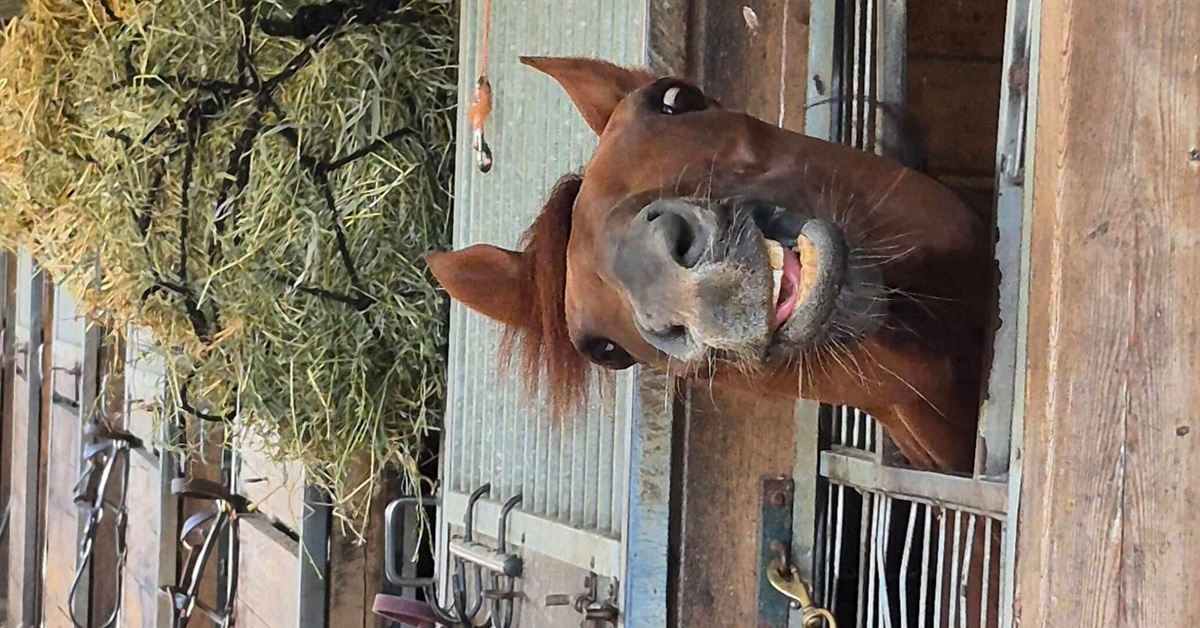Experts have reported that the outbreak of Equine herpesvirus myeloencephalopathy (EHM), the also referred to as Neurotropic Equine Herpes Virus -1 (nEHV-1), originated at the National Cutting Horse Association’s Western National Championships in Ogden, Utah, held April 29 – May 8, 2011.
This is a mutant strain of the highly contagious and potentially fatal disease, for which there is no vaccine. Neurological signs such as nasal discharge, hind-end weakness, lethargy and trouble urinating, appear due to damaged blood vessels in the brain and spinal cord associated with EHV infection. The incubation period is between two to six days following exposure, but this can vary. There is no specific course of treatment for the disease, but symptoms can be treated with, for example, intravenous fluids and anti-inflammatory drugs.
An updated posted on the National Cutting Horse Association’s website reports that confirmed cases have been documented in Colorado, Utah, California, Washington, Idaho, Arizona and Alberta. Other reports indicate that there have been a total of 15 confirmed cases and at least 13 suspected cases in the U.S. and two more in Canada.
As of May 17th, Equine Canada’s CEO, Akaash Maharaj, said there was one confirmed case – a horse who competed at the Championships – and stated that the horse has been isolated and is believed to be recovering.
Maharaj said Equine Canada is working with the Office of the Chief Provincial Veterinarians across Canada to determine if there are any other cases in Canada.
Stay tuned for updates as the situation develops. In the meantime, the National Cutting Horse Association has cancelled all scheduled events until further notice. See http://www.nchacutting.com/ for more information.
More News









